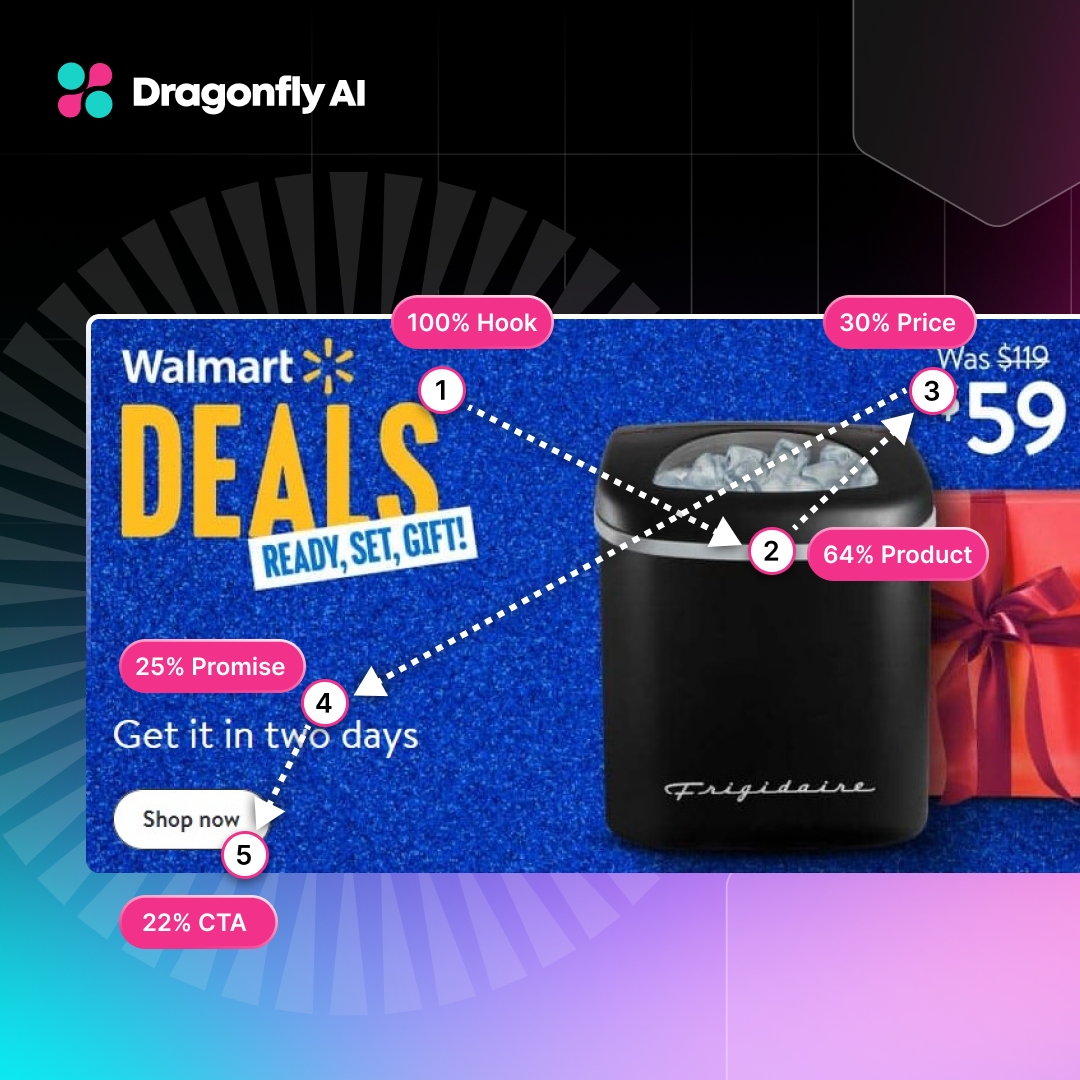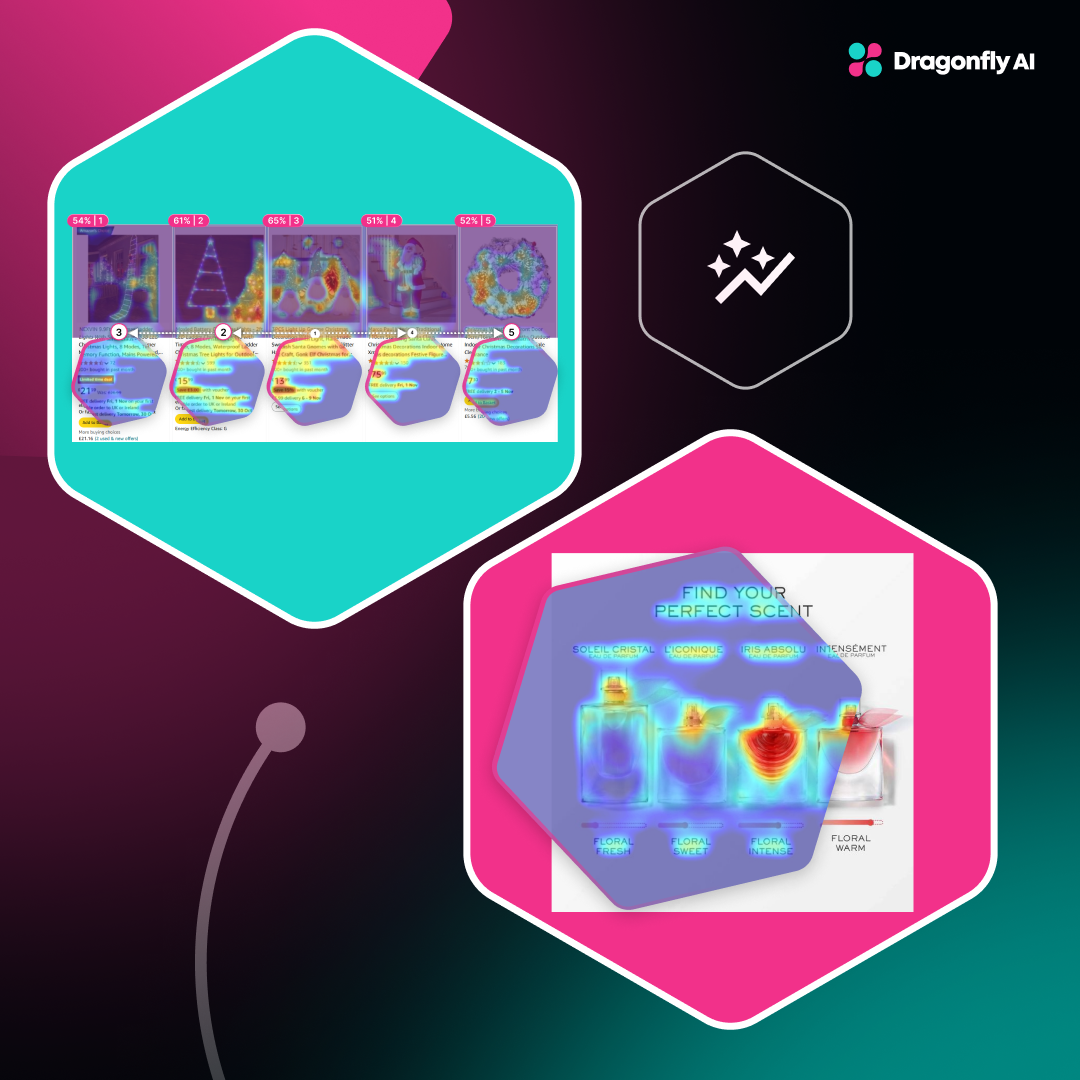A/B testing has acted as the comfort blanket of e-commerce for decades. Swap a headline, tweak a button, and wait for the traffic to tell you who’s right. But patience is expensive, and the insights can be paper-thin. A new breed of AI-driven testing is compressing weeks of waiting into seconds to give marketers a sharper lens on why shoppers click, not just whether they do.
A/B testing 101 (and its pain points)
At its simplest, A/B testing pits two versions of a page or creative against each other to see which one converts better. It’s a clean experiment on paper, but reality is messier. Research shows that the average duration is around five weeks, with half wrapping up in under a month
Even then, most tests fall short. In fact, around 70 per cent are underpowered, meaning they never reach reliable statistical significance. It’s not just about time. Sites with lower traffic often struggle to drive enough conversions for a valid result. Even when a “winner” emerges, the verdict is binary and offers no clue why one version outperformed another. Was it the headline, the visual layout, or something else entirely?
That binary result is the real issue: the hypothesis may be met, but no insight is gained. By the time the answer arrives, the market or the audience may have shifted too.
Enter predictive and AI-driven testing
A/B testing can tell you what performs better, but it often takes weeks and offers little insight beyond the outcome. Newer methods deliver quicker answers and better understanding, even before your variations ever go live.
Multivariate testing
Multivariate testing mixes multiple changes, like layout plus copy at the same time, and tests them as combined variants. It learns faster than one-change-at-a-time A/B tests. Since early 2024, brands using advanced testing methods have seen a majority of tests produce a clear winner, with roughly 70% of experiments outperforming their control.
Simulation models
Rather than waiting for real traffic, simulation-based testing uses virtual environments to trial your ideas. That means you can reject weaker variants before investing ad spend or impacting your traffic pool. Admittedly, ecommerce-specific simulation data is rare in public. But the concept mirrors practices in other domains where simulation cuts both time and cost in early-stage validation.
Predictive attention models
These models predict how people will look at and remember visuals. A 2024 pilot study found AI-generated attention heatmaps matched actual eye-tracking results with ROC‑AUC scores in the 0.75–0.84 range, meaning they’re reliable enough to guide early design decisions
How Dragonfly AI works in an ecommerce flow
Creative testing often requires teams to wait weeks for results while campaigns are already in motion. Dragonfly AI changes that by delivering predictions before an asset goes live, giving teams the opportunity to make informed changes immediately.
Uploading assets
The process starts with uploading creative files. These could be product images, hero banners, packaging mock-ups, or promotional videos. Dragonfly AI accepts a wide range of formats, which allows teams to analyze everything from product photography for an online store to short videos for social media campaigns. Brands with multiple regional variants can upload them in batches, so there’s consistent testing without extra manual work.
Generating attention, memory, and emotion scores
Once uploaded, each asset is analyzed using an algorithm developed with Queen Mary University London, based on more than a decade of visual science research. Within seconds, the system produces heatmaps and visibility scores, along with indicators of how memorable and emotionally engaging each creative is likely to be.
In a Q3 2024 retail trial, creatives refined using these insights achieved a 22% increase in product page engagement compared to untested versions.
Identifying gaps and refining creative
In one example, a global oral-care brand discovered that while its toothpaste held 65% market share, it only had 30% shelf space at eye level. Dragonfly AI highlighted the lack of visual salience so the brand could redesign placement and packaging. The changes helped the company become the top toothpaste supplier for the first time.
Moving approved assets into production
After scoring and review, the platform ranks assets in order of performance. Weaker variations can be refined, while stronger ones are ready to be pushed directly into digital asset management or product information management systems. This integration has helped brands such as Reckitt and Beiersdorf reduce the time from creative approval to campaign launch from weeks to days.
Results from commercial use
A retail technology agency, Optopus, reported a 40 percent sales increase after incorporating Dragonfly AI analysis into their creative workflow. Independent research on AI heatmap tools, which form part of Dragonfly AI’s capability, has shown conversion lifts of up to 25% and bounce rate reductions of up to 30% when design changes reduce visual friction.
How it works in a nutshell
- Upload your creative assets – from product shots to short videos – into the platform.
- The system analyses each one using an algorithm built on more than a decade of visual science research.
- You receive attention, memory, and emotion scores, along with heatmaps and visibility data.
- Refine weaker variations, approve stronger ones, and push them directly into your DAM or PIM systems.
Mini case example (snack brand on Amazon)
One global snack brand leaned into Dragonfly AI to speed up its creative testing on Amazon and quickly got a result worth noting. Instead of waiting out the typical A/B test cycle, the brand used Dragonfly to pre-score creative assets.
Within minutes, it knew which visuals were likely to perform best. The outcome was a 10% lift in conversion rate, and the brand achieved it roughly ten times faster than with classic A/B testing. The entire cycle of selecting, refining, and approving creative designs went from weeks to just a few hours.
Choosing the right test method
Different testing approaches have their strengths. The table below compares classic A/B testing, Dragonfly AI’s predictive approach, and a hybrid method that combines both.
.png?width=1280&height=700&name=Blog%20image%202%20(27).png)
Step-by-step guide: rolling out predictive testing
Predictive testing works best when it’s built into your existing creative process rather than bolted on at the end. The aim is to make decisions quickly, refine assets with purpose, and keep live testing focused only on the strongest contenders.
These steps show how you can move from planning to validation without losing momentum.
Setting clear goals
Before testing begins, define what success looks like. It could be increasing click-through rates on an ecommerce listing, or improving add-to-cart actions. Maybe it’s boosting conversions from a paid campaign. Specific, measurable goals help the AI scoring process focus on what matters most to the business. A broad objective such as “better engagement” is harder to optimize than a defined target like “increase product detail page conversions by five percent.”
Building asset variants
Once goals are set, the creative team produces multiple asset versions for testing. Variations might include different imagery styles or revised copy. Predictive testing thrives on diversity in the assets it analyzes, as this provides a clearer view of which visual or messaging elements are most likely to deliver against the goal. This stage often benefits from cross-functional collaboration, with design, marketing, and product teams aligning on the set of assets to test.
Running AI scoring
Upload the creative into the predictive testing platform. The system evaluates each version, producing heatmaps that reveal likely points of focus and indicators for how memorable or emotionally engaging the content is expected to be. This replaces the need to put every variant into a live campaign, which saves both time and budget.
Iterating based on results
AI scoring highlights which assets are most likely to perform well and which need further work. The weaker versions can be adjusted, perhaps by improving visibility of key information or increasing the prominence of the call-to-action. Stronger versions may still benefit from small refinements to further optimize their potential. Iteration at this stage is faster than in a traditional A/B cycle because feedback is available within minutes, not weeks.
Optional live A/B confirmation
Although predictive testing can be used on its own, many teams follow it with a short live A/B test to confirm the results. This stage focuses only on the strongest variants from the predictive analysis, which reduces the traffic needed and cuts the overall testing period. It also limits the spend required compared with running a conventional A/B cycle.
Integrating into regular workflows
Once predictive testing is part of the routine, it works in the background on every campaign. Assets can be reviewed before launch to flag anything that could reduce visibility of the product or offer. Creative for seasonal pushes can be tuned months in advance, while underperforming work can be replaced as soon as results point to a better option. Linking the process to a DAM or PIM system means approved assets move into production without delays, keeping rollouts on track.
Measuring long-term impact
The value of predictive testing often shows in longer-term results. Teams can track changes in key performance indicators over several campaigns to see whether the method is delivering steady gains. In Q3 2024, brands that refined creative through predictive AI before launch reported conversion rates rising by as much as 25% compared with assets that went live without this step.
ROI calculator snapshot
Predictive testing can cut both the time and the spend required to optimize creative, and those gains add up quickly.
The example below shows how the numbers can work for an ecommerce team running regular campaigns*
.png?width=1280&height=700&name=Blog%20image%201%20(29).png)
In this example, predictive testing delivers a faster path to higher conversions while also freeing up budget so it can be used to fund more campaigns or scale successful creative. The ability to remove the dependency on live traffic means results are available earlier, giving teams the option to refine assets or reallocate spend while the campaign is still active.
*numbers are an illustration
Future of ecommerce testing
Ecommerce testing is shifting from occasional experiments to a constant, automated process. The next phase will see predictive systems running in the background, scoring creative as it’s produced and triggering updates without waiting for a scheduled campaign review. It’ll be a continuous loop that reduces the gap between insight and action so it’s possible to adapt while campaigns are still live.
Automation will also reshape how testing data is used. Instead of handing reports to a team for manual follow-up, results will flow directly into connected platforms. Approved assets can move into production immediately, while underperforming versions are pulled or reworked without a separate sign-off cycle.
Generative design tools are another part of the picture. Advances in AI will allow marketers to produce new variants in minutes, guided by predictive scores from earlier tests. A product image that scores poorly for visibility could be regenerated with adjusted composition or color balance, then re-scored automatically until it meets the required standard.
Current testing often focuses on the “average” customer, but emerging systems can evolve personalization by combining predictive modelling with behavioral and contextual data to serve different creative to different audience segments. A returning customer might see a variant optimized for brand recognition, while a new visitor is shown one designed to capture attention immediately. Over time, these systems will learn which creative patterns work for each group and refine them without the need for separate, manual experiments.
The result will be testing that feels less like a one-off project and more like an integrated part of ecommerce operations. Creative will be designed, assessed, and adapted as part of a single workflow, with optimization happening in real time.
Rethinking how ecommerce tests
Predictive testing changes the pace and depth of optimization, helping teams make creative decisions before campaigns even launch. The brands using it are already seeing faster results and stronger returns.
Book your demo here.


.png?width=1280&height=700&name=Blog%20image%202%20(27).png)
.png?width=1280&height=700&name=Blog%20image%201%20(29).png)
